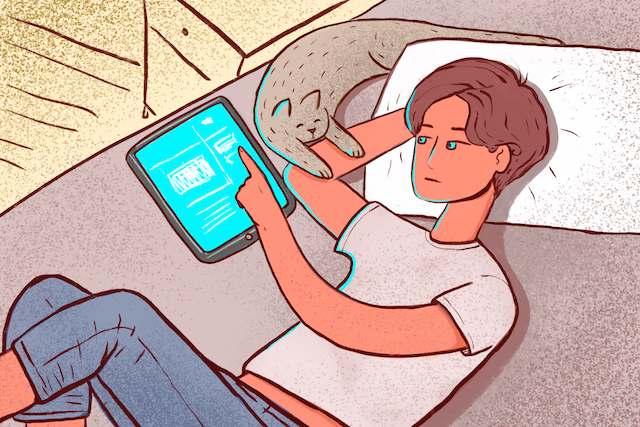A person removes the nozel from a pump at a gas station on July 29, 2022 in Arlington, Virginia.
Olivier Douliery | AFP | Getty Images
You’d be hard-pressed now to find a recession in the rearview mirror. What’s down the road, though, is another story.
There is no historical precedent to indicate that an economy in recession can produce 528,000 jobs in a month, as the U.S. did during July. A 3.5% unemployment rate, tied for the lowest since 1969, is not consistent with contraction.
But that doesn’t mean there isn’t a recession ahead, and, ironically enough, it is the labor market’s phenomenal resiliency that could pose the broader economy’s biggest long-run danger. The Federal Reserve is trying to ease pressures on a historically tight jobs situation and its rapid wage gains in an effort to control inflation running at its highest level in more than 40 years.
“The fact of the matter is this gives the Fed additional room to continue to tighten, even if it raises the probability of pushing the economy into recession,” said Jim Baird, chief investment officer at Plante Moran Financial Advisors. “It’s not going to be an easy task to continue to tighten without negative repercussions for the consumer and the economy.”
Indeed, following the robust job numbers, which included a 5.2% 12-month gain for average hourly earnings, traders accelerated their bets on a more aggressive Fed. As of Friday afternoon, markets were assigning about a 69% chance of the central bank enacting its third straight 0.75 percentage point interest rate hike when it meets again in September, according to CME Group data.
So while President Joe Biden celebrated the big jobs number on Friday, a much more unpleasant data point could be on the way next week. The consumer price index, the most widely followed inflation measure, comes out Wednesday, and it’s expected to show continued upward pressure even with a sharp drop in gasoline prices in July.
That will complicate the central bank’s balancing act of using rate increases to temper inflation without tipping the economy into recession. As Rick Rieder, chief investment officer of global fixed income at asset management giant BlackRock, said, the challenge is “how to execute a ‘soft landing’ when the economy is coming in hot, and is landing on a runway it has never used before.”
“Today’s print, coming in much stronger than anticipated, complicates the job of a Federal Reserve that seeks to engineer a more temperate employment environment, in keeping with its attempts to moderate current levels of inflation,” Rieder said in a client note. “The question though now is how much longer (and higher) will rates have to go before inflation can be brought under control?”
More recession signs
Financial markets were betting against the Fed in other ways.
The 2-year Treasury note yield exceeded that of the 10-year note by the highest margin in about 22 years Friday afternoon. That phenomenon, known as an inverted yield curve, has been a telltale recession sign particularly when it goes on for an extended period of time. In the present case, the inversion has been in place since early July.
But that doesn’t mean a recession is imminent, only that one is likely over the next year or two. While that means the central bank has some time on its side, it also could mean it won’t have the luxury of slow hikes but rather will have to continue to move quickly — a situation that policymakers had hoped to avoid.
“This is certainly not my base case, but I think that we may start to hear some chatter of an inter-meeting hike, but only if the next batch of inflation reports is hot,” said Liz Ann Sonders, chief investment strategist at Charles Schwab.
Sonders called the current situation “a unique cycle” in which demand is shifting back to services from goods and posing multiple challenges to the economy, making the debate over whether the U.S. is in a recession less important than what is ahead.
That’s a widely shared view from economists, who fear the toughest part of the journey is still to come.
“While economic output contracted for two consecutive quarters in the first half of 2022, a strong labor market means that currently we are likely not in recession,” said Frank Steemers, senior economist at The Conference Board. “However, economic activity is expected to further cool towards the end of the year and it is increasingly likely that the U.S. economy will fall into recession before year end or in early 2023.”



